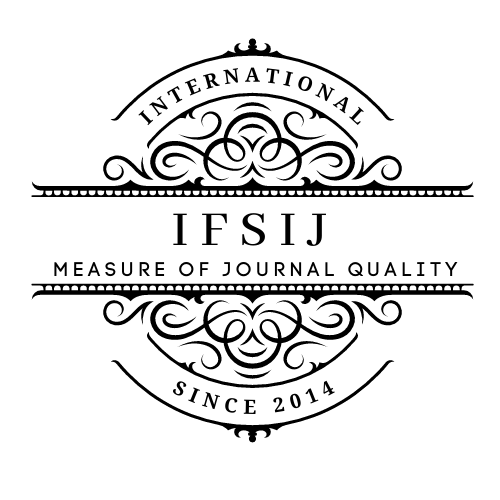THE SCIENTIFIC AND THEORETICAL FOUNDATIONS OF DEVELOPING SKILLS TO ADDRESS THE DIFFERENCES BETWEEN CONNECTORS IN UZBEK AND ENGLISH LANGUAGES AND THEIR TEACHING CHALLENGES IN ENGLISH LANGUAGE
Keywords:
Connectors, language learning, teaching challenges, syntactic differences, pedagogical strategies.Abstract
With an emphasis on the difficulties in teaching these connectors in English language training, this essay examines the theoretical and scientific underpinnings of learning how to handle the distinctions between Uzbek and English language connectors. As fundamental components of sentence structure, connectors are important for creating coherence and cohesiveness in both languages. However, Uzbek and English frequently employ connectors differently in syntactic and semantic contexts, which presents special difficulties for language learners. The paper looks at the theoretical foundations of connector usage in both languages, emphasizing significant variations in their use and purpose. It also looks at efficient teaching techniques and solutions to overcome these disparities and help students learn how to use connectors correctly in English. The difficulties teachers encounter in supporting this learning process are also covered in the essay, including the difficulty of teaching abstract linguistic concepts, cultural quirks, and the absence of direct counterparts. In the end, the study sheds light on the pedagogical, cognitive, and cross-linguistic elements that affect connection acquisition and makes useful suggestions for improving language training in this domain.
Downloads
Published
Issue
Section
License

This work is licensed under a Creative Commons Attribution-NonCommercial-NoDerivatives 4.0 International License.















